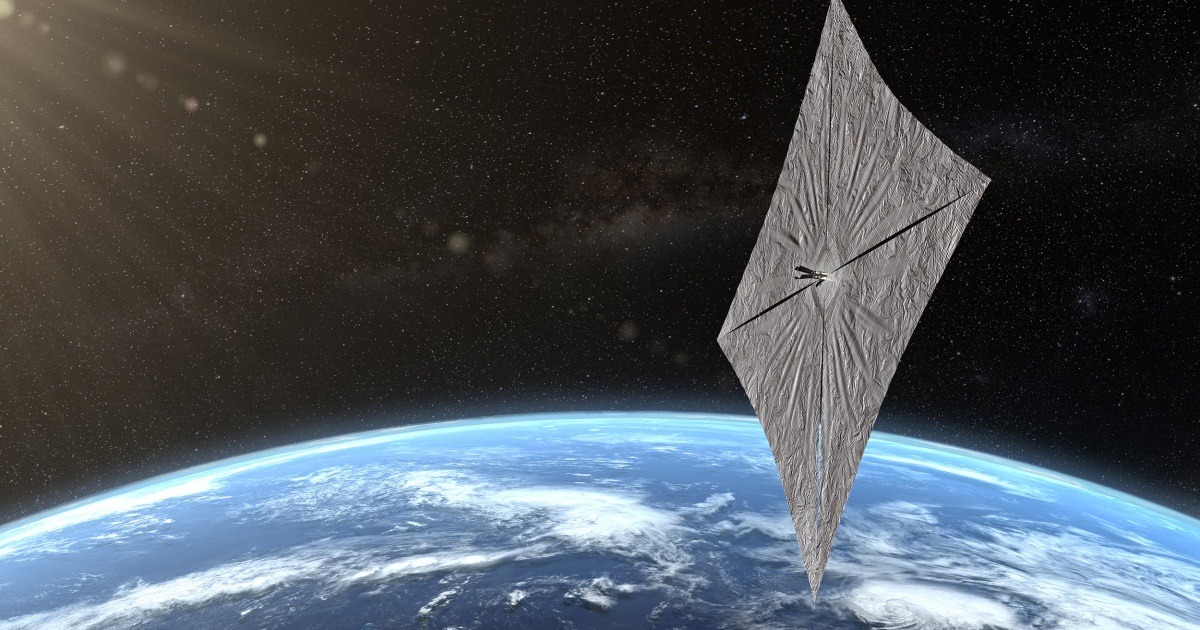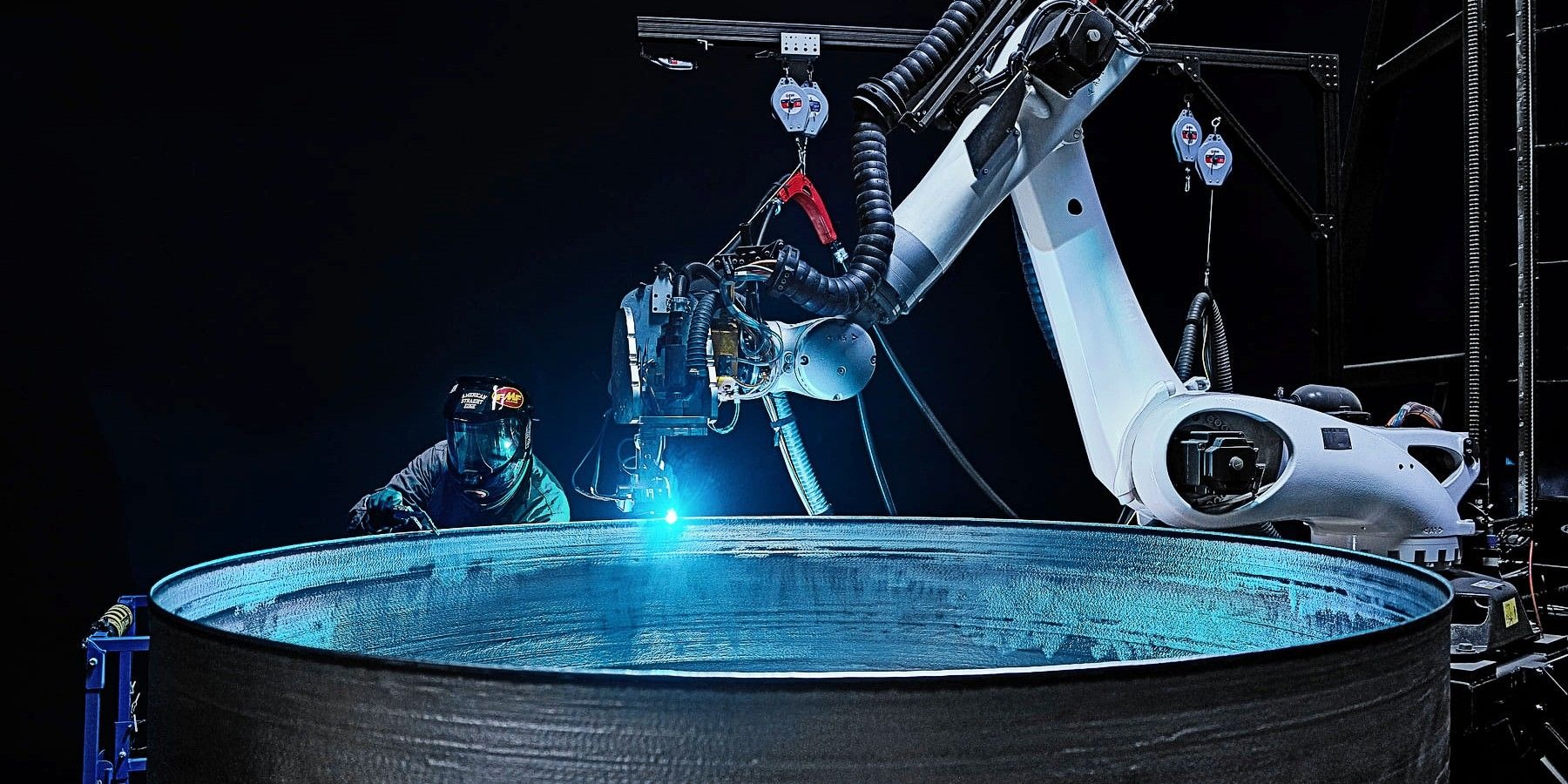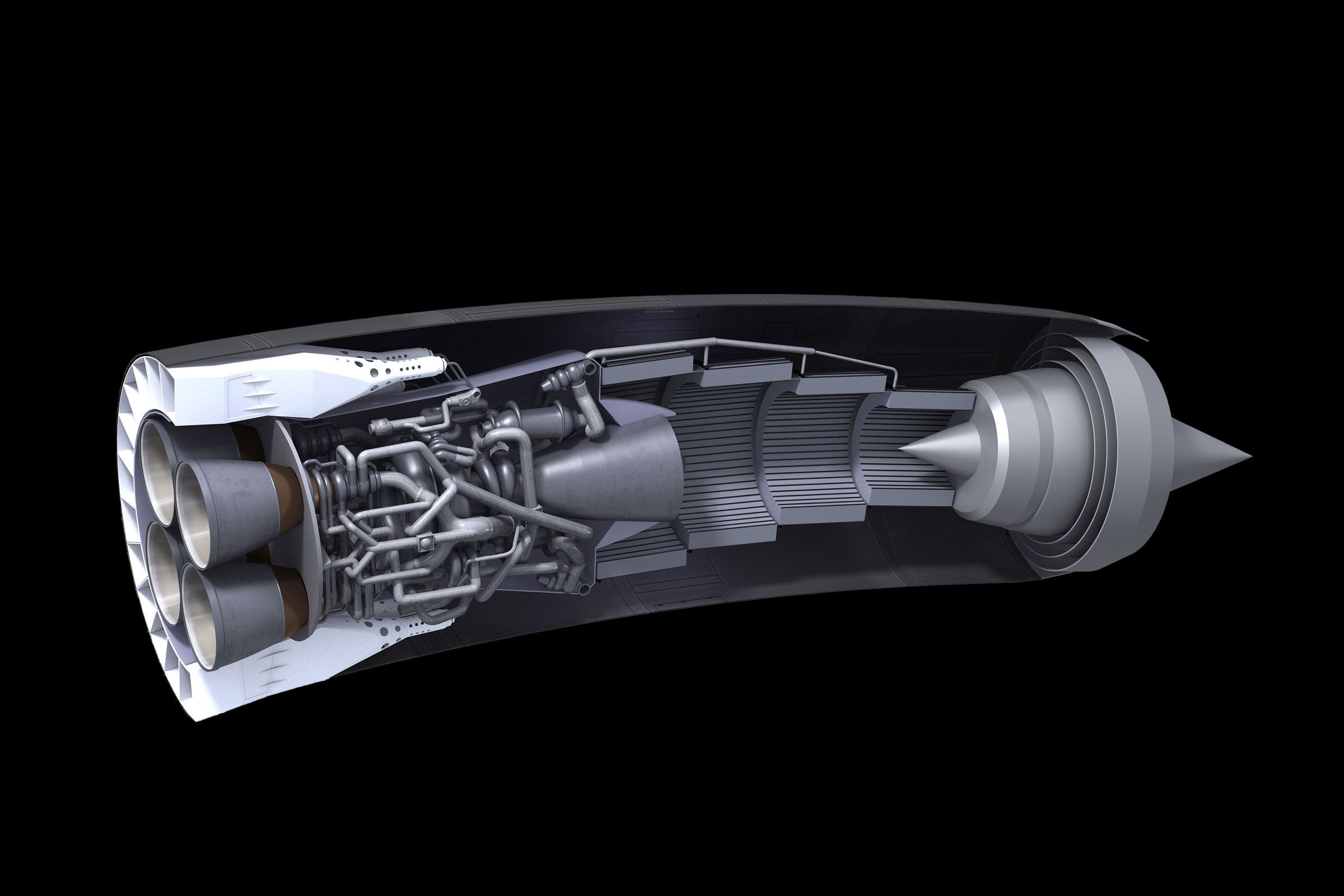When we think of a spaceship, we usually imagine a powerful rocket burning a huge amount of fuel to blast off into space. Rockets are big, loud, and they use a lot of energy. But what if there was another way to travel through space, one that used no fuel at all? What if we could build a spaceship that was like a sailboat for the cosmos, powered by a light that is always shining in the sky?
This is the idea behind solar sails. A solar sail is a new and innovative way to travel in space that is not a science fiction dream anymore. It is a real and exciting technology that is being tested and developed today. The power of a solar sail comes from the Sun itself, and it has the potential to take us on a new kind of journey, one that is very slow at first but can lead to very high speeds over a long time. In this article, we will take a deep dive into the science of solar sails, exploring how they work, the challenges they face, and their potential to one day take us to the stars.
What Is a Solar Sail? A Sailboat for Space
A solar sail is a spacecraft that is propelled by the light from the Sun. It is a very large, very thin, and very shiny sail that is pushed by the light from the Sun. The sail is made of a very light material, like Mylar, that is covered in a reflective coating to make it act like a mirror. The sail can be many times the size of the spacecraft it is pushing, and it has to be incredibly thin to keep the weight down.
The idea of a solar sail is a lot like a sailboat on the ocean. A sailboat is pushed by the wind, and a solar sail is pushed by light. The light from the Sun is made of tiny particles called photons. Photons have no mass, but they do have a very small amount of momentum, or push. When these photons hit the solar sail, they transfer their momentum to it, giving it a tiny, tiny push. This push is what makes the solar sail move.
The Simple Science: How Light Pushes a Sail
The idea of light pushing a spacecraft might sound strange, but it is a real and proven scientific principle. When a photon from the Sun hits the solar sail, it bounces off of the shiny, mirror-like surface. This bounce gives the sail a tiny push, or thrust. The thrust from a single photon is so small that you can’t even feel it.
But the Sun is always shining, and billions of photons are hitting the sail every second. Each of these photons gives the sail a tiny push, and in the vacuum of space, where there is no air to slow the sail down, all of these tiny pushes add up over time. The result is a slow but steady acceleration that continues as long as there is light hitting the sail.
The sail can also be controlled to change its direction. By changing the angle of the sail to the Sun, you can change the direction of the push. This is a lot like how a sailboat can turn its sail to get a push from the wind in a different direction. You can even angle the sail in a way that it can get a push to go inward toward the Sun. This gives the spacecraft a lot of control over its direction and its orbit.
The Challenges of Solar Sails: The Problems We Need to Solve
While the idea of a solar sail is beautiful and simple, there are some very big challenges that we have to overcome to make it a reality.
- The Size of the Sail: The force from sunlight is very, very small. To get a good push, the sail has to be very, very large, and it has to be incredibly light. A solar sail can be the size of a football field or even bigger. Building a sail that is so large, thin, and delicate is a huge engineering challenge. It also has to be able to be launched from Earth and then unfolded in space without getting torn or tangled.
- The Launch: Launching a solar sail is also a challenge. The sail has to be packed into a very small space to fit inside a rocket. And the rocket has to be powerful enough to get it into space. Once in space, the sail has to be unfolded very carefully and slowly. A tiny mistake could ruin the entire mission.
- The Speed: A solar sail is a very slow way to travel at first. The acceleration is so small that it would take days or weeks for the sail to reach a speed that a rocket could reach in a few minutes. This makes solar sails less useful for missions that need to get to their destination quickly.
- Dependence on the Sun: The effectiveness of a solar sail diminishes with distance from the Sun. As a spacecraft ventures farther into the outer solar system or beyond, the available sunlight decreases, reducing the sail’s thrust and making navigation more challenging.
The First Solar Sails: From Science Fiction to Reality
The idea of a solar sail has been in science fiction for a long time, but in the last few years, it has become a reality.
- IKAROS: The first solar sail to successfully travel in space was a mission from Japan called IKAROS (Interplanetary Kite-craft Accelerated by Radiation Of the Sun). It was launched in 2010 and successfully unfolded its sail in space. It used the light from the Sun to travel all the way to Venus, proving that solar sailing was not just a theory.
- LightSail: The Planetary Society, a non-profit organization, launched a small solar sail called LightSail 1 in 2015 to test the deployment of the sail. Then, in 2019, they launched a second, more advanced sail called LightSail 2. The LightSail 2 mission was a huge success. It was able to use the light from the Sun to change its orbit and get a small amount of acceleration, proving that solar sailing could be used as a way to propel a spacecraft.
These missions were small, but they were a huge step forward for the future of solar sailing. They proved that it was possible to launch a solar sail, unfold it in space, and use the light from the Sun to change its orbit.
Beyond the Solar System: The Future of Solar Sails
The real power and purpose of a solar sail will not be for a trip to Mars or to Venus. It will be for a journey to the stars. The light from our Sun gets weaker the farther away you are, so a solar sail would be very slow on a journey to another star.
But there is a new and exciting idea that could change everything: using a powerful laser from Earth to push the sail. This is the idea behind a project called Breakthrough Starshot.
- The Breakthrough Starshot Project: The goal of this project is to send a very small, very light solar sail to the nearest star, Proxima Centauri. The plan is to use a powerful laser from a ground station on Earth to shine on the sail. The laser would give the sail a huge amount of push in a short amount of time, pushing it to about 20% of the speed of light. At that speed, it would take only about 20 years to get to the nearest star. This would be a huge step forward for interstellar travel.
The solar sail in this plan would be very small, but the power of the laser would be immense. This project is still in the early stages, but it shows the potential for solar sails to one day take us to the stars.
Conclusion
A solar sail is a new and very interesting way to travel in space. It is like a cosmic sailboat that is pushed by the light from the Sun. The science behind it is simple, and it has been proven to work. While the challenges of building a sail that is so large and so delicate are huge, the rewards are even greater. A solar sail requires no fuel, so it can travel for a very long time, and over a long period, it can reach speeds that are much higher than a traditional rocket. The future of solar sails is not just for our own solar system. It is for a journey to the stars.










